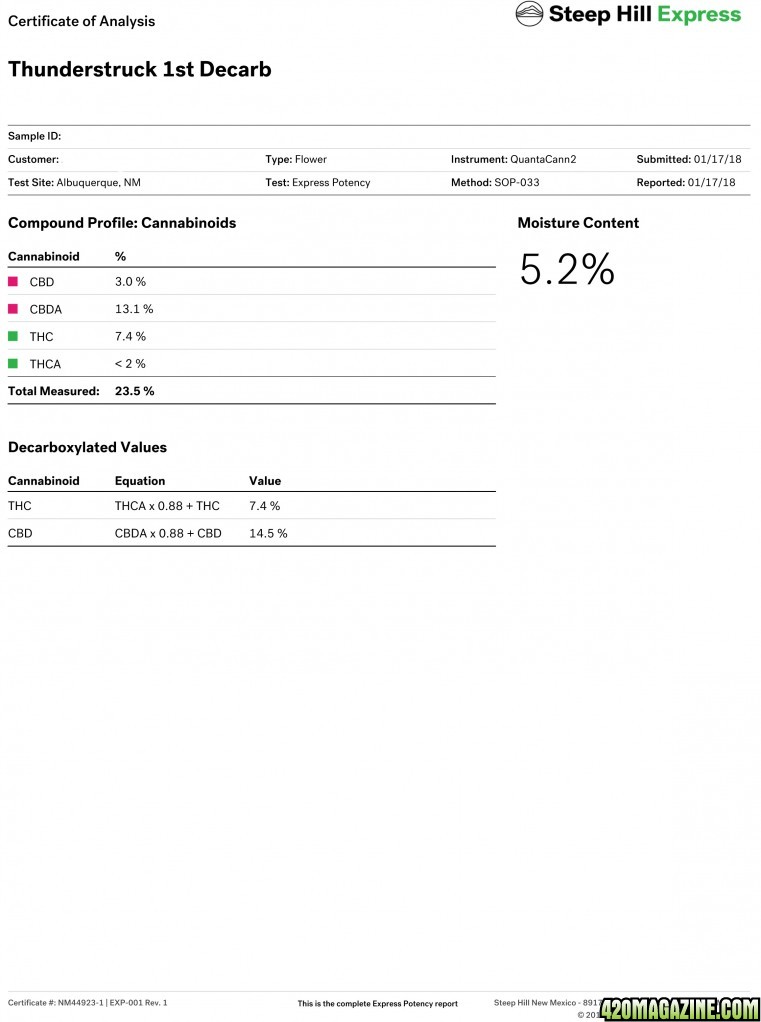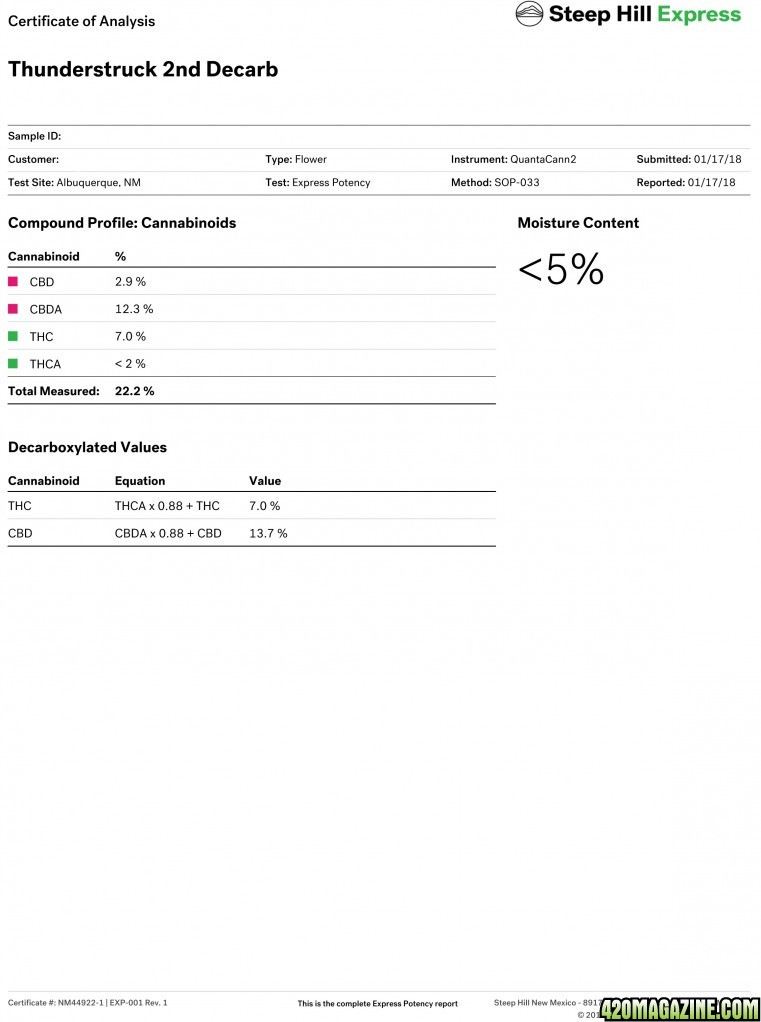I was thinking, it's cool, but a touch of THC potentiates the CBD to such an extent that it's crazy not to have any in there. Wouldn't take much at all, to my understanding. You and the lovely wife probably have enough THC already in your system to do the job, but I was considering those who choose not to use THC at all.
It's still wonderful that they're doing strain specific formulations.
The plan is to combine the CBD and terpene concentrate, some not decarbed hi CBD strain extract (Thunderstruck) and some decarbed Thunderstruck extract. Then make caps with the mixture. Hopefully the THC will be low enough for her to tolerate. It should be rather healthy with the acids, two strains of terpenes, CBD and a touch of THC.
I never know




